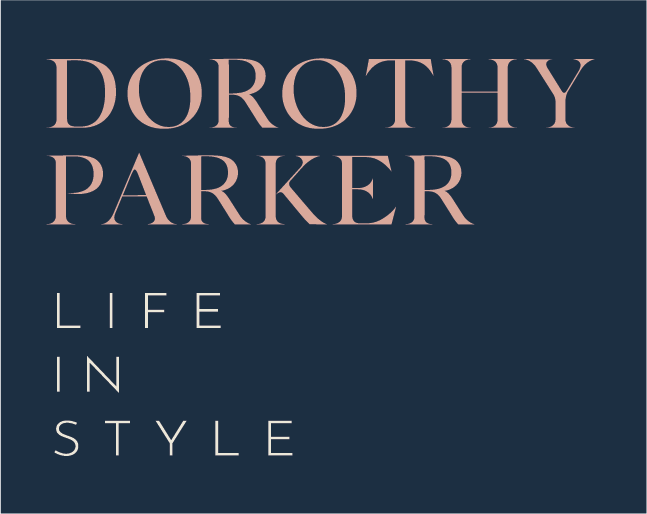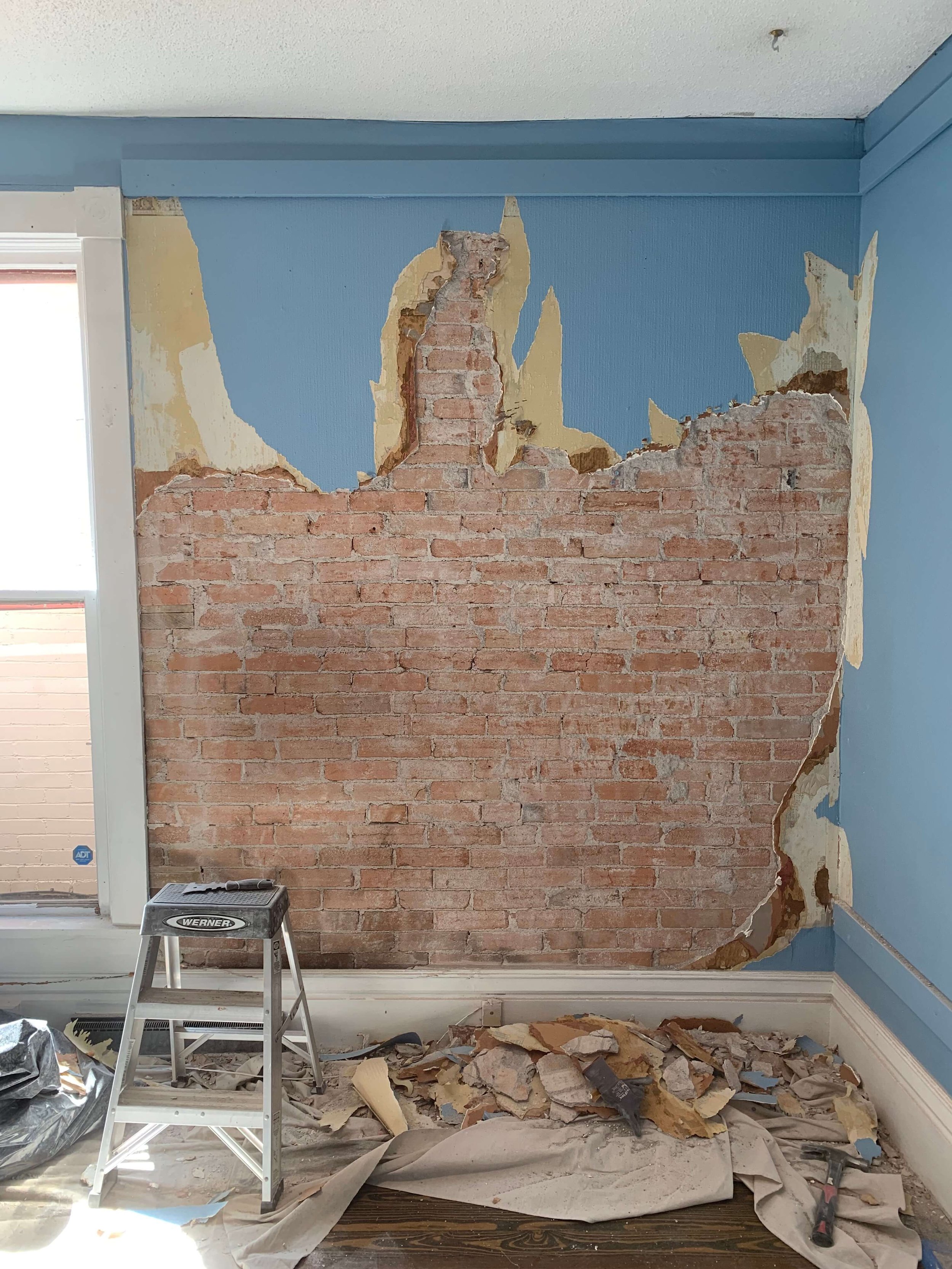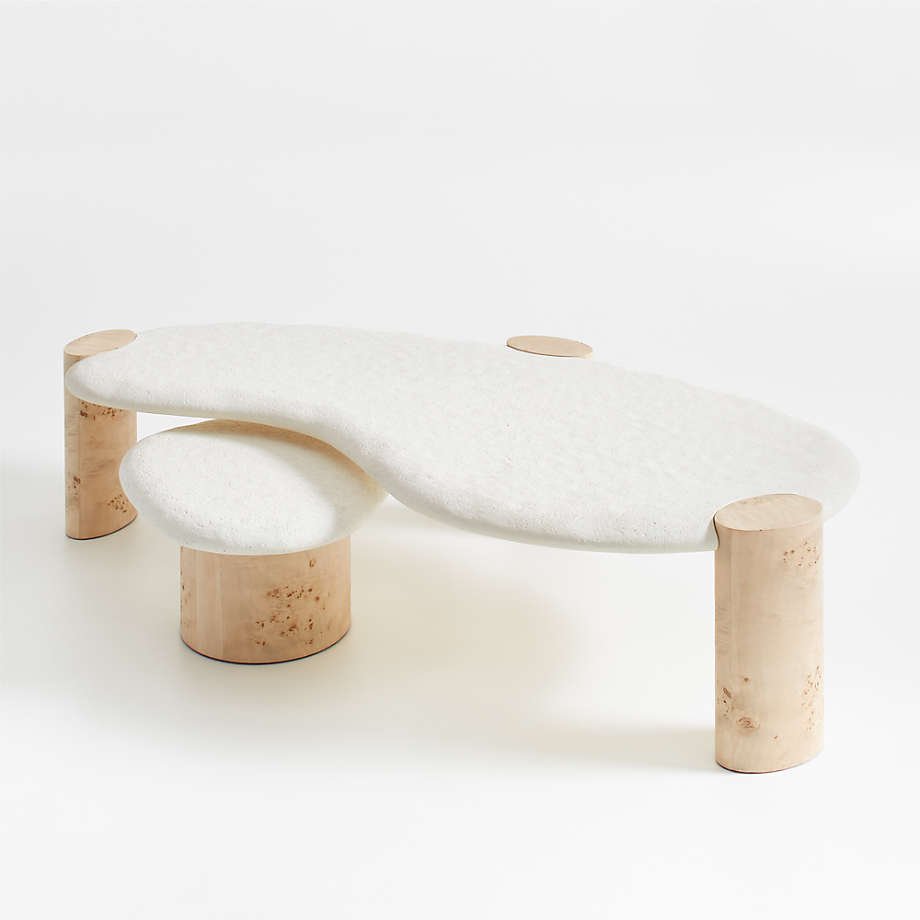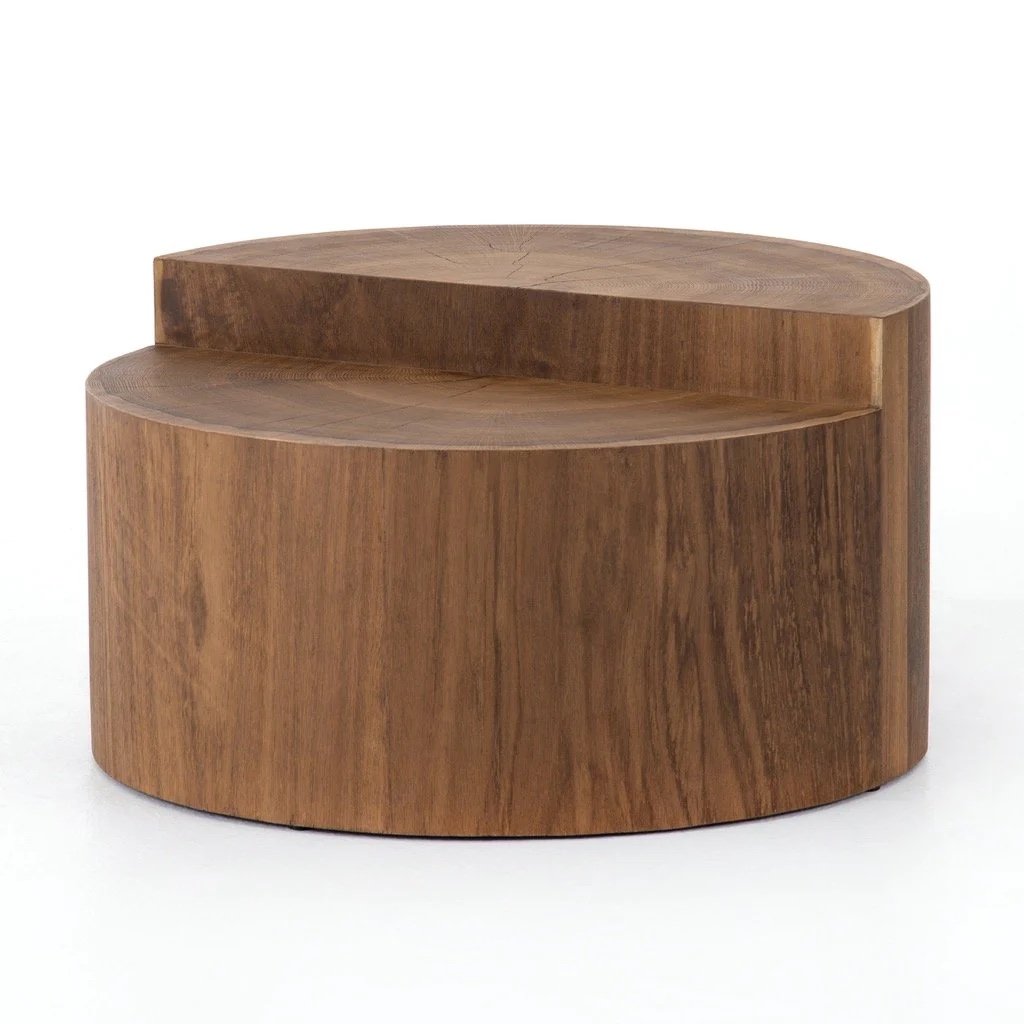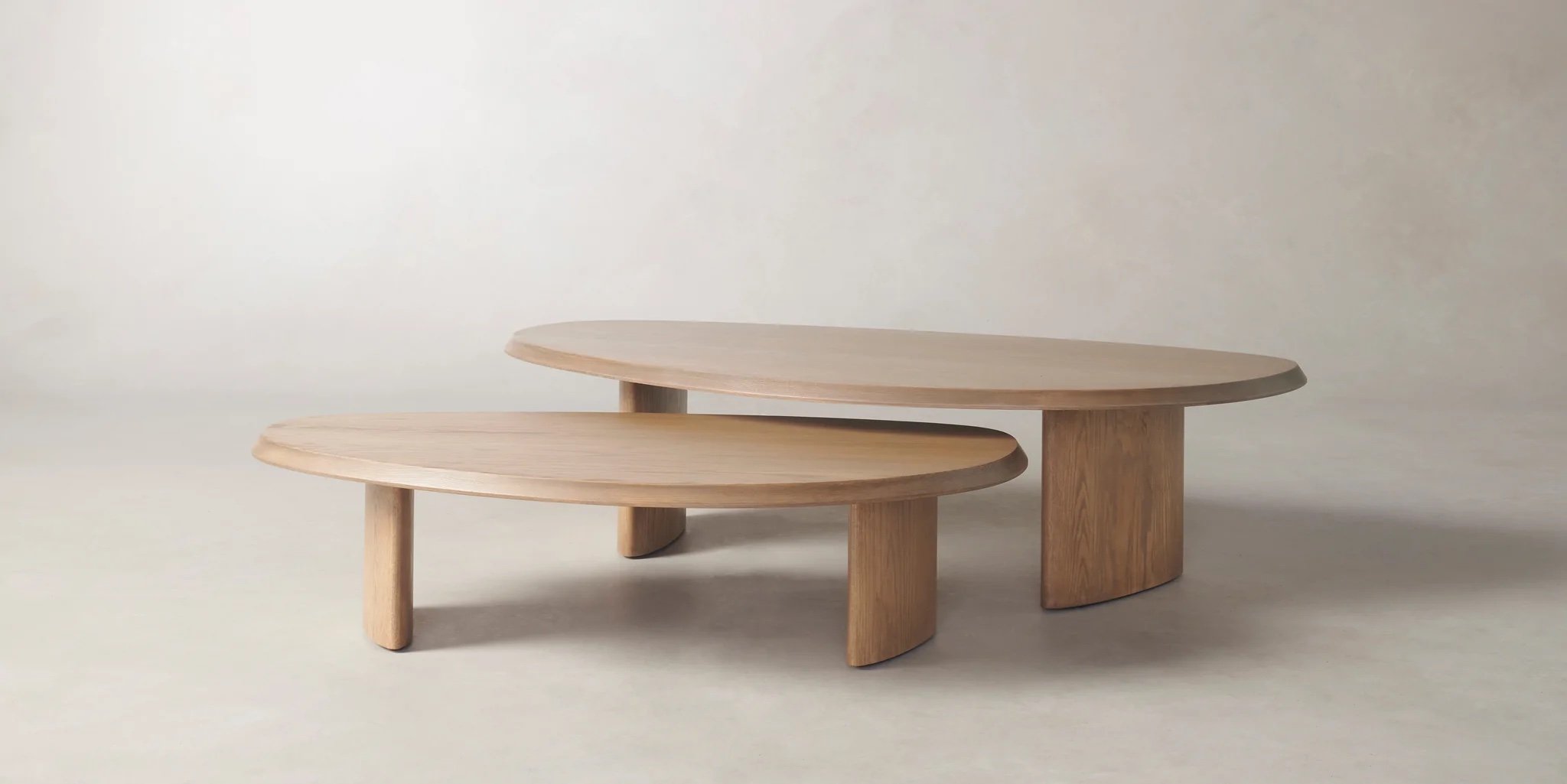Interior Design Trends for 2023
No more white kitchens! Look out for more earth and wood tones…
In the last decade, the interior design industry has seen an explosion of different trends. Some have stuck around for years, like mid century modern design, reclaimed wood, and Scandinavian style furniture in a space. Others are so fleeting that we can hardly remember their blip on the radar.
We are now in 2023 and if you've been wondering what's coming next in this constantly evolving world of home design and decor ideas, then look no further! We've rounded up some of our favorite forecasts and predictions for 2023 so you can start incorporating them into your own life—and maybe even beat the trendsetters out there who will use them first.
Sustainable Design
If you’ve found yourself on our website then you know that we focus on sustainable interior design.
Fortunately for the planet we aren’t the only ones. Many companies large and small are implementing their values and what the market is demanding.
Sustainable design is a conscious effort to create a home that is environmentally friendly. This approach to interior design considers the environment and strives to reduce consumption, waste, and pollution by utilizing sources that are renewable, recycled, and low toxic. The goal of sustainable design is not only to help protect the earth's resources but also to improve indoor air quality.
In addition to these practical considerations, more people are becoming aware of the psychological benefits of living in an eco-friendly space. Having clean indoor air quality is important to everyone’s health and has both short and long term implications, especially in children.
Vintage Furniture
For as long as I’ve been in the design industry (since 2004!) I have always used vintage furniture in both our own designs and when working for other interior designers.
During the height of the pandemic vintage furniture became an important staple of design due to the disruption of the supply chains.
This trend isn’t going anywhere, and we love that vintage furniture is a great way to reduce your carbon footprint, while also creating a more eco-friendly home. Sourcing vintage is all about reusing old pieces of furniture in new ways.
Vintage items are a great way to implement something unique and personalized into your home design. You'll be amazed at how much character these pieces have compared to their new, mass-produced counterparts that come from factories overseas.
As for trending design styles on the vintage market, right now we are seeing a lot of pieces from the 70’s and 90’s. There is also a nod to neoclassical designs featuring Greek Key patterns and column motifs.
Pictured right: A Côte d’Azur home by Jean-Charles Tomas with the highly collectible Mesa cocktail table by .H. Robsjohn-Gibbings.
Raw Materials in Restoration
Exposed brick, unfinished wood floors, and stripped back ceilings of buildings has become a staple of renovation in buildings built pre-mid century.
Our team has executed this numerous times in both San Francisco and Durango. One of our first projects where we dove into this foray of design was when Buck was on the renovation team for our former long-term employer, Ken Fulk. His design studio (shown above), dubbed “The Magic Factory,” was where we both worked for nearly twenty years combined. This building is now for sale for a cool $8.9 million, check it out here. Fulk recently was inducted into Hospitality Design's hall of fame for his restoration of historical commercial buildings.
At our new design studio in downtown Durango we have been peeling back the layers of plaster, carpet, and wallpaper and have unearthed some beautiful raw finishes. In the beginning of my interior design career we would have polished up those discoveries but now we, along with other top designers, are stripping down to uncover the original raw elements and leaving the wear and tear as evidence of the building’s history.
The best part about this now evergreen trend is that anyone can do it. It also reduces the need for new materials which is better for the planet and your budget. Some examples of this are doing away with plaster to uncover the original brick, removing drywall to expose the raw steel beams and pipes, and pulling up carpet to reveal original hardwood floors.
Nature Themed Patterns and Decor
A wide variety of nature themed design elements are showing up in many of the interior design magazines that we reference including Architectural Digest and Elle Decor. The cover of Architectural Digest’s January 2023 issue is a Los Angeles living room that bridges the inside and the outside with large windows, exterior landscaping mirrored with indoor trees and a green, pink, and oak color and materials palette. Read and check stunning photos about that amazing project from Studio Shamshiri here.
Biomorphic shapes are on the rise for both furniture, lighting, and patterns. Biomorphism is defined as life-form (bio=life and morph= form).
Biomorphic shapes are often rounded and irregular, unlike most geometric shapes.
One example of a now coveted and sought after design is the Mesa coffee table by T.H. Robsjon-Gibbings designed in the 1950’s. It is stunning and is garnering prices of more than $300k at auctions as of late. (See the above example!)
Some other examples of more accessible pieces are the Sassolino Burl Wood Nesting Tables from Crate & Barrel, The Bates Bunching Table from our local source, Artesanos, and The Vestry Tables from Maiden Home.
In conjunction with the Biomorphic theme are the mushroom patterns and shapes we are seeing everywhere and the floral patterns that are still showing up on wallpaper and fabric. Plus the still present use of stone and wood on walls, ceilings, and the more typical countertop and flooring application.
Wrapping up 2023 interior design trends:
Sustainable Design: With more technology and more knowledge, sharing this is more of a movement than a trend. Let’s keep it going by supporting companies that are doing the right thing.
Vintage Furniture: Reuse, reduce, recycle! Buying anything vintage helps with sustainability and style at the same time!
Raw, Organic Feeling Materials: If you’re restoring an older or historic space let those architectural elements take center stage if possible.
Nature Themes: Biomorphic shapes which are soft and organic feeling are among nature themed designs along with floral patterns and mushroom shapes and patterns.
There are so many more I didn’t have time to include! Check out the 2023 Winter issue (coming soon!) of the Four Corners Real Estate magazine to read more interior design trends that I am seeing and that forecasters are predicting.
Thank you so much for reading this post! I appreciate you and hope you’ve found something helpful.
What is your favorite idea or product listed? Let us know in the comments!
Don’t forget, sharing is caring. If you know someone who might be interested in this piece feel free to pass it on!
I
f you or anyone you know needs help implementing or sourcing any of the things discussed here, contact us here or you can book a complimentary call here.
Designing and facilitating a sustainable home and lifestyle for our clients is at the core of what we do at Dorothy Parker Design. Dorothy Parker is a certified Green AP through the Sustainable Furnishings Council and brings this unique knowledge to create a naturally beautiful home for your family.
Although Dorothy Parker is a Durango, Colorado native, she cultivated her design prose in San Francisco for more than two decades. For ten years, Dorothy worked with renowned designer Ken Fulk, who is now an influential tastemaker with international projects and offices in San Francisco and New York. While working (and wearing many hats) on some of Fulk’s most notorious projects, Dorothy perfected her craft and learned the art of installation as a critical component of the success of a design.
